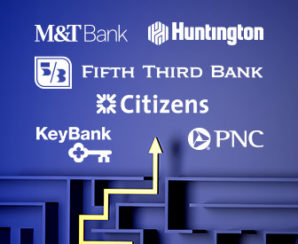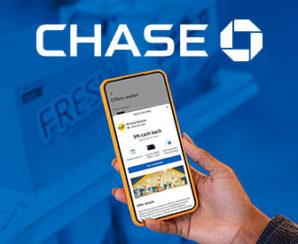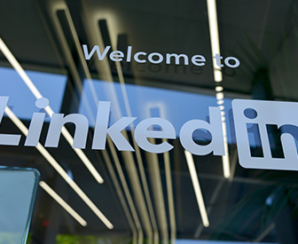Latest Banking News
The big ideas, latest trends, and new Innovations that are transforming banking today, with actionable insights, in-depth analysis, and how-to-advice for senior leaders in the retail banking industry.

Branch closures have slowed as banks realize their potential purpose and value.

Winning the struggle for deposits demands better strategies than banking used in the past. Begin with a better understanding of consumers.

Overdraft fees have long been a contentious issue in the banking industry. The Federal Reserve Bank of New York surveyed consumers to see what they actually know about their bank's policies.

Here are 6 strategies proactive financial marketers can use to parry the budget ax — and 5 responses to common management objections to maintaining marketing spend.

Banks are over-reliant on new account metrics that don't correlate to profitability. Worse, nearly 70% of new accounts remain inactive after 90 days.

Attention to detail, being selective in new partners, and a shift to business-oriented fintechs are all part of the strategy.

Putting Capital One auto loan power into a mobile app is just one of the ways Sanjiv Yajnik and his teams have shaken up banking.

Are these common misconceptions about open banking putting your bank on the wrong path? Or keeping your efforts in 'park'?

Overdraft fees have long been a contentious issue in the banking industry. The Federal Reserve Bank of New York surveyed consumers to see what they actually know about their bank's policies.

Small businesses led by underrepresented demographic groups exhibit slower and less growth than those led by white owners. Banks may be able to help turn the tide with targeted awareness outreach and more lending options.

Do regionals have to consolidate to thrive? One leader says yes, but others see alternative strategies.

Millions of people moved to a new state or a new city during the post-pandemic residential boom. Now, bank marketers have a once-in-a-decade opportunity to serve the coming checking account migration.

Millions of people moved to a new state or a new city during the post-pandemic residential boom. Now, bank marketers have a once-in-a-decade opportunity to serve the coming checking account migration.

For all its meteoric growth, fintech was beset by five critical weaknesses. The winners in the next round must overcome them all. Learn more in the second part of this three-part series.

Sleek fintech apps attract new customers, but traditional banks offer stability, guidance, and comprehensive financial services. Who will win the battle for long-term consumer loyalty?

Poorly trained AI-driven CRM could lead to unchecked inaccuracies due to hallucinations, leaks of sensitive customer data, and create unintended discriminatory behavior.

Bankers face a Catch-22: Pay more to retain balances and, in doing so, shrink margins and alienate investors — or pay less to maximize margins and risk shrinking your deposit base.

Chase Media Solutions, now followed by Revolut's own effort on new media revenues, raise questions about privacy, personal data and what consumers will trade for them.

Panacea Financial is investing heavily in tech to achieve its goal of being the bank of choice for doctors nationwide.

With the lines blurring between the benefits of credit unions vs. banks, how can credit unions become more digitally competitive?

Less fintech funding flow gives banks the opportunity to mature their use of existing tech — and forge funding opportunities of their own.

Gen Zers are pursuing non traditional career paths. This could mean big changes for banks and credit unions.

Credit card lending boosts big banks' loan growth as consumer spending normalizes post-pandemic.

Millennial and Gen Z women are set to receive $80 trillion in wealth transfer and banks need to improve their marketing strategies if they want them as customers.

Are these common misconceptions about open banking putting your bank on the wrong path? Or keeping your efforts in 'park'?

Chase Media Solutions, now followed by Revolut's own effort on new media revenues, raise questions about privacy, personal data and what consumers will trade for them.

Building new professional connections can be a challenge, but a manageable 15-minute daily strategy on LinkedIn can help bankers become known and trusted – and deliver prospects.
